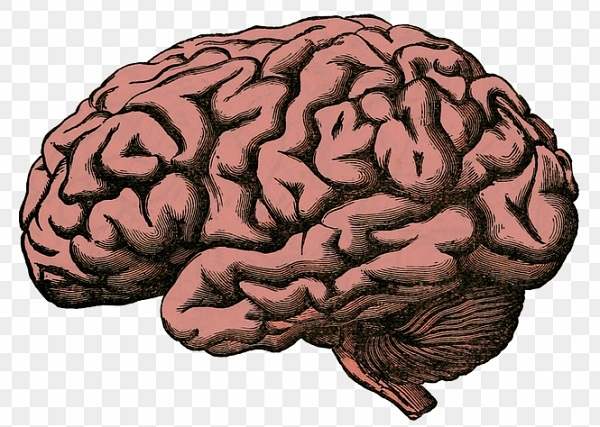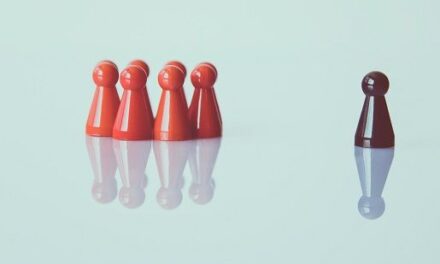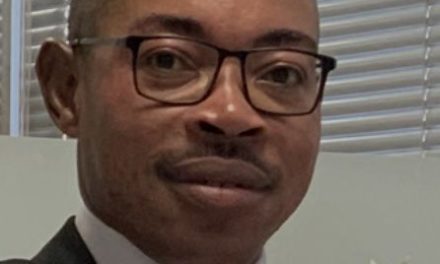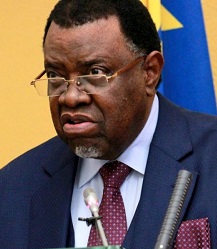
Oh, that the sapiens in Homo Sapiens were true!

Who or what is a HUMAN ? That’s supposed to be easy – we all know that “human” is a creature who walks upright and on his own two hind legs; that the term “human” is sexless and refers to both man and woman. There is no word in the English language like huwoman which might have described a woman differently.
Human is thus exclusively applied to creatures or organisms like us to distinguish us from all other organisms or animal species. We are creatures that breathe, move, transform and multiply, in the process forming different cultures but always remaining human. The scientific designation for this complicated, complex and astonishingly adaptable creation, human, is actually termed Homo Sapiens (thinking man or man of knowledge).
Evolutionists, modern liberals and non-believers categorise us with other creatures which share slight similarities or characteristics with us and denote us as family with the Great Apes!. According to this view, we evolved in East Africa about 3 to 2.5 million years ago, subsequently spreading to Eurasia and all over the world. This hypothesis has yet to be proven in the archaeological search for the ‘missing link’ between apes and humans.
Creationists, traditionalists and conservatives on the other hand, ascribe all life on earth as the will of God, and the first humans came about in the Middle East, spread over western Eurasia and Europe. The earliest are categorised as Neanderthals, till about 30,000 years ago when they became extinct, probably by the onslaught of Homo Sapiens. Scientists, through archaeological research, have by now distinguished at least six different species of man over the last hundred millennia.*
Another branch of pseudo-science, proclaims all life on earth as one whole solid organism! The so-called Gaia hypothesis proposes that the tiniest of every individual molecule or particle or tissue is connected and interdependent on each other to form an organ. Interdependent organs then again group together to form an organism which again group together to form a super-organism, and so on and so on until a definable and recognisable structure or body is formed. This escalation they even apply to us humans! In the same way, this hypothetical structure is applied to all forms of life; the human body and the parts thereof; of all living creatures; the global earth; ecological phenomena; the solar system; even the cosmic cycle!
All of the above is, of course, very, very simplistic, non-scientific and a layman’s understanding of the extremely complex argumentations and tremendous hypothetical reasoning of how man/humans came about. Within all these interesting, or even boring and very simplified apologues, humans, homo sapiens, have survived, multiplied, covered, conquered and occupied just about every inch of the surface of the earth.
We, humans, now anxiously become aware, feel and experience the enormous consequences of this uncontrolled multiplicity of our kind on the environment, on climatic conditions, on the atmosphere and on all living entities of our planet!
Not only are all that lives on, or from, the earth threatened by conquering, consuming and destructive mankind, but the entire planet is at risk as the consequences of human avarice unleash catastrophic forces which can not be contained! Can we still mend our erroneous ways?
….. “to be HUMAN is to ERR?” ….
Richard S.
Source Reference: *Yuval Noah Harari, Sapiens: A brief history of humankind.












































